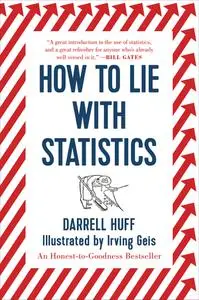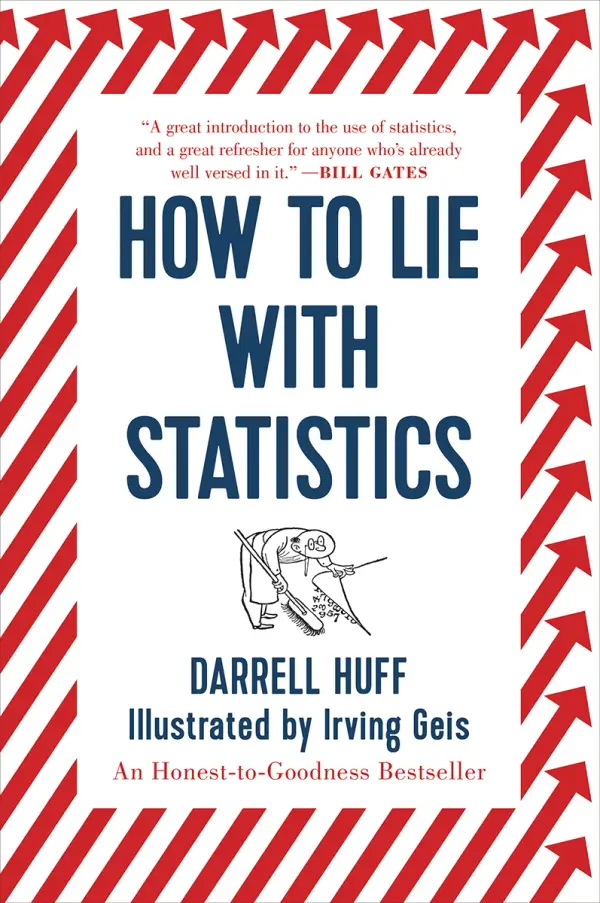Darrell Huff, "How to Lie with Statistics"
2010 | ASIN: B00351DSX2 | English | EPUB | 145 pages | 2.1 MB
2010 | ASIN: B00351DSX2 | English | EPUB | 145 pages | 2.1 MB
If you want to outsmart a crook, learn his tricks—Darrell Huff explains exactly how in the classic How to Lie with Statistics.
From distorted graphs and biased samples to misleading averages, there are countless statistical dodges that lend cover to anyone with an ax to grind or a product to sell. With abundant examples and illustrations, Darrell Huff’s lively and engaging primer clarifies the basic principles of statistics and explains how they’re used to present information in honest and not-so-honest ways. Now even more indispensable in our data-driven world than it was when first published, How to Lie with Statistics is the book that generations of readers have relied on to keep from being fooled.
Review
"There is terror in numbers," writes Darrell Huff in How to Lie with Statistics. And nowhere does this terror translate to blind acceptance of authority more than in the slippery world of averages, correlations, graphs, and trends. Huff sought to break through "the daze that follows the collision of statistics with the human mind" with this slim volume, first published in 1954. The book remains relevant as a wake-up call for people unaccustomed to examining the endless flow of numbers pouring from Wall Street, Madison Avenue, and everywhere else someone has an axe to grind, a point to prove, or a product to sell. "The secret language of statistics, so appealing in a fact-minded culture, is employed to sensationalize, inflate, confuse, and oversimplify," warns Huff.
Although many of the examples used in the book are charmingly dated, the cautions are timeless. Statistics are rife with opportunities for misuse, from "gee-whiz graphs" that add nonexistent drama to trends, to "results" detached from their method and meaning, to statistics' ultimate bugaboo–faulty cause-and-effect reasoning. Huff's tone is tolerant and amused, but no-nonsense. Like a lecturing father, he expects you to learn something useful from the book, and start applying it every day. Never be a sucker again, he cries!
Even if you can't find a source of demonstrable bias, allow yourself some degree of skepticism about the results as long as there is a possibility of bias somewhere. There always is.
Read How to Lie with Statistics. Whether you encounter statistics at work, at school, or in advertising, you'll remember its simple lessons. Don't be terrorized by numbers, Huff implores. "The fact is that, despite its mathematical base, statistics is as much an art as it is a science." –Therese Littleton
"A hilarious exploration of mathematical mendacity.… Every time you pick it up, what happens? Bang goes another illusion!"
― New York Times
"A pleasantly subversive little book guaranteed to undermine your faith in the almighty statistic."
― Atlantic
Darrell Huff (1913-2001) was an American writer, best known for his book How to Lie with Statistics. Huff was born in Gowrie, Iowa, and educated at the University of Iowa. He was an editor of Better Homes and Gardens as well as a freelance writer.



